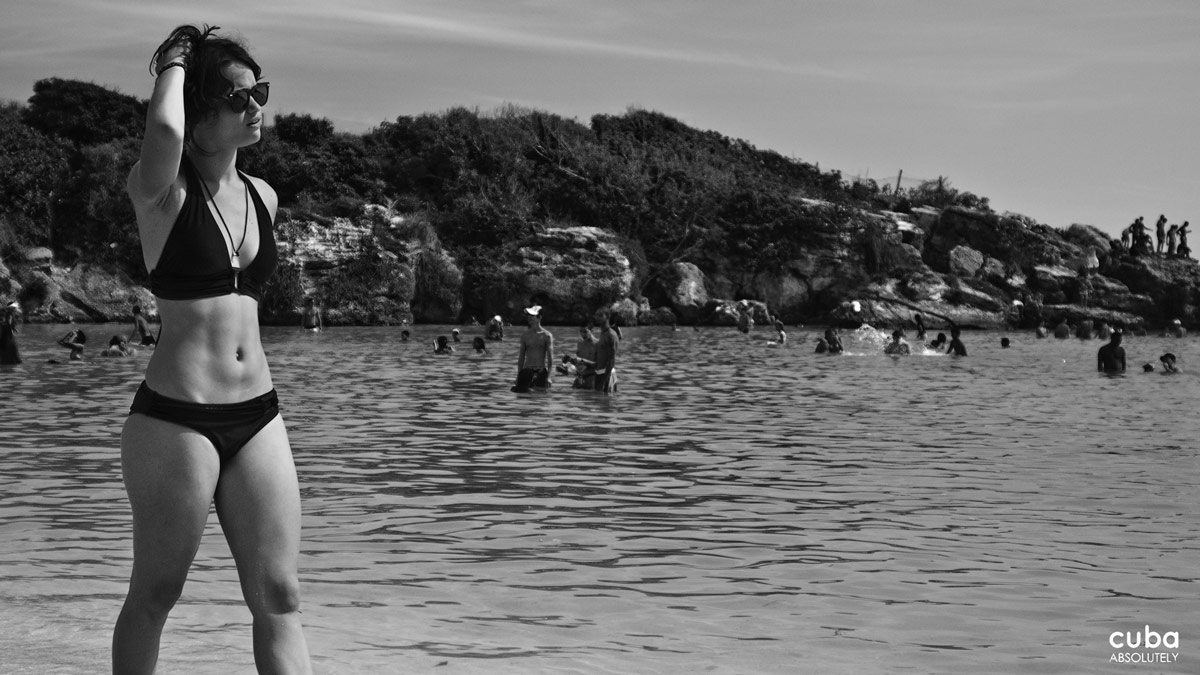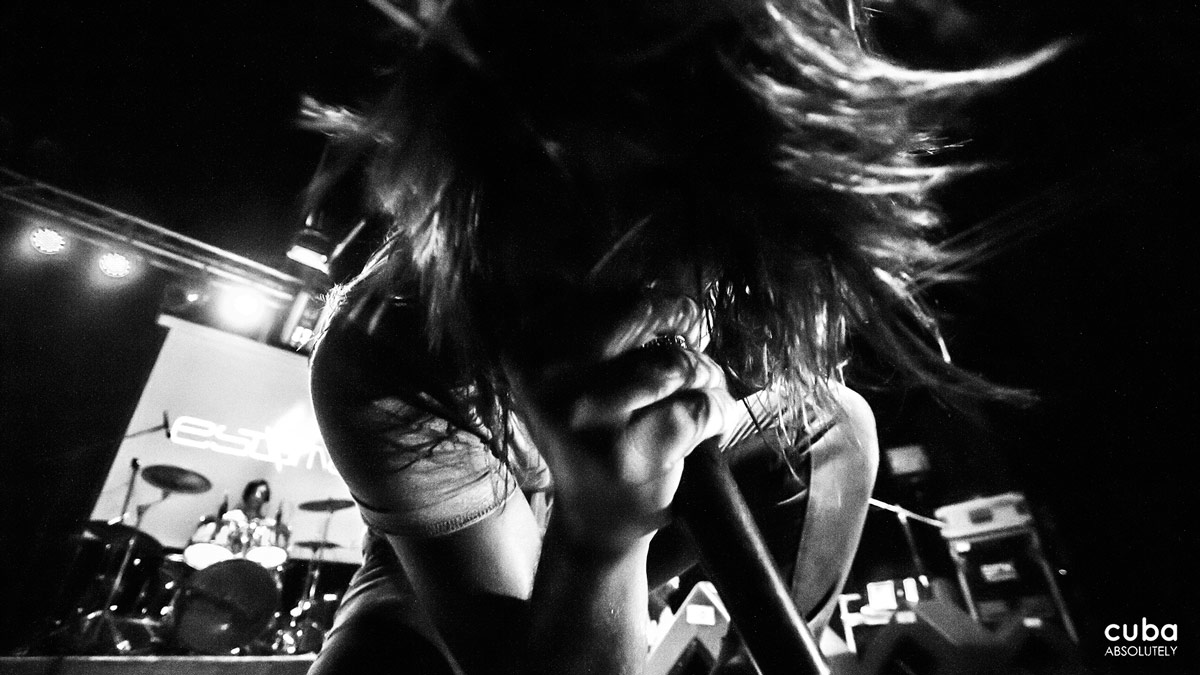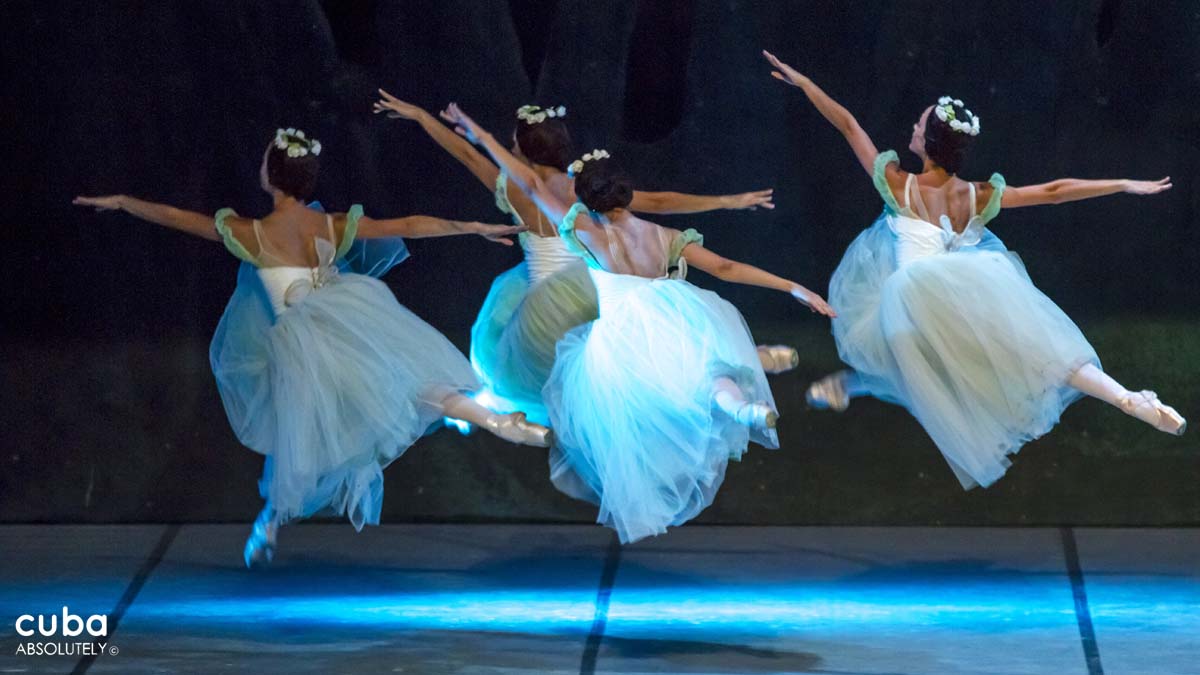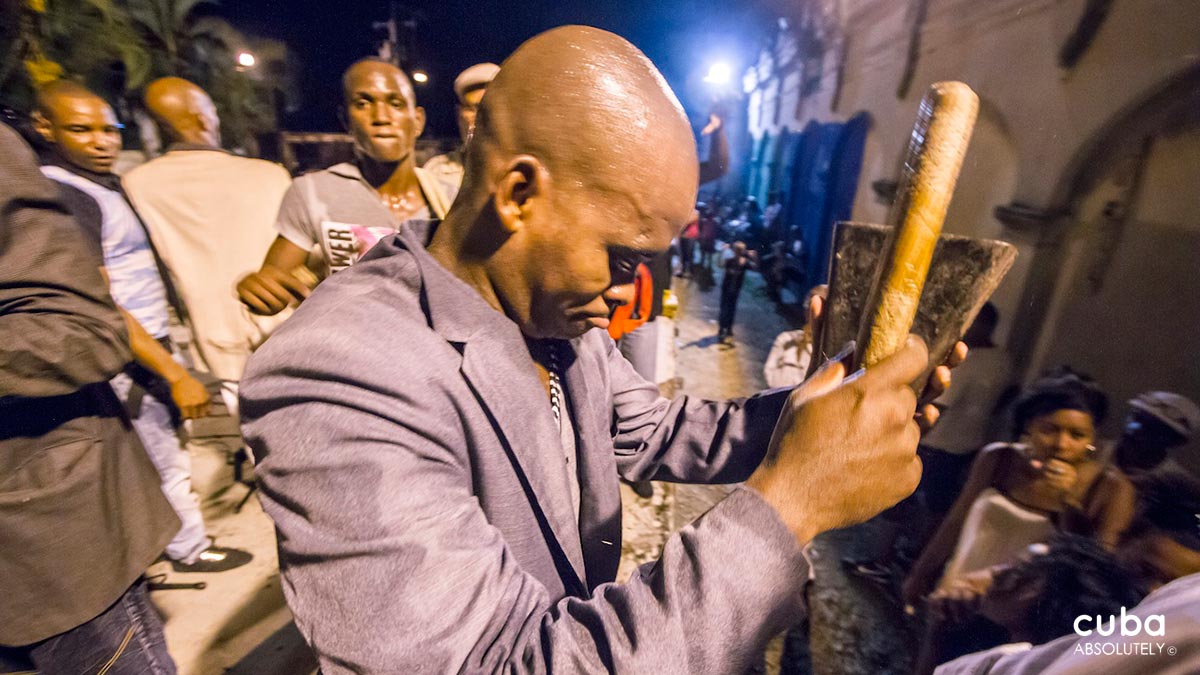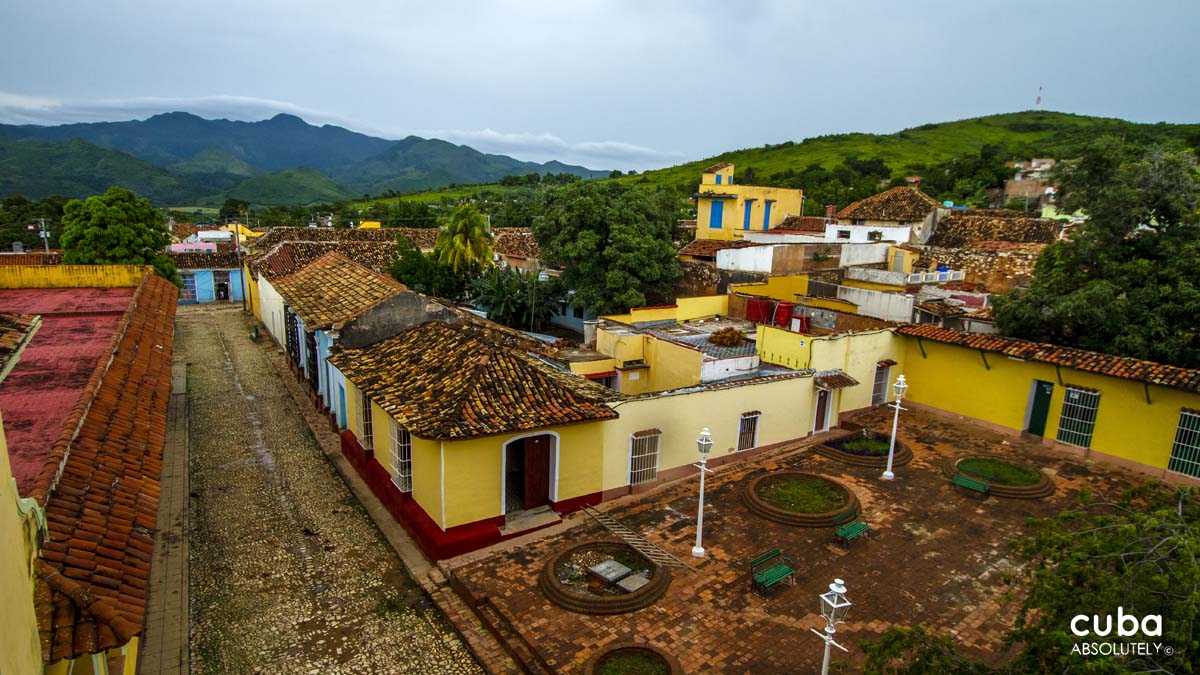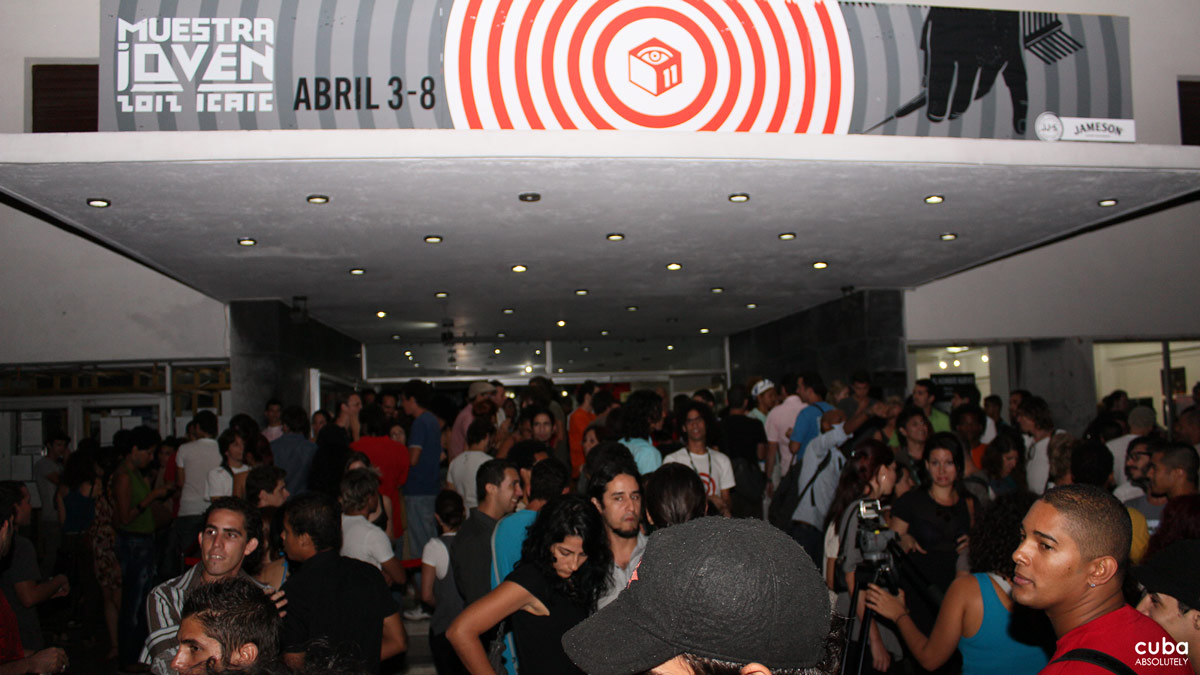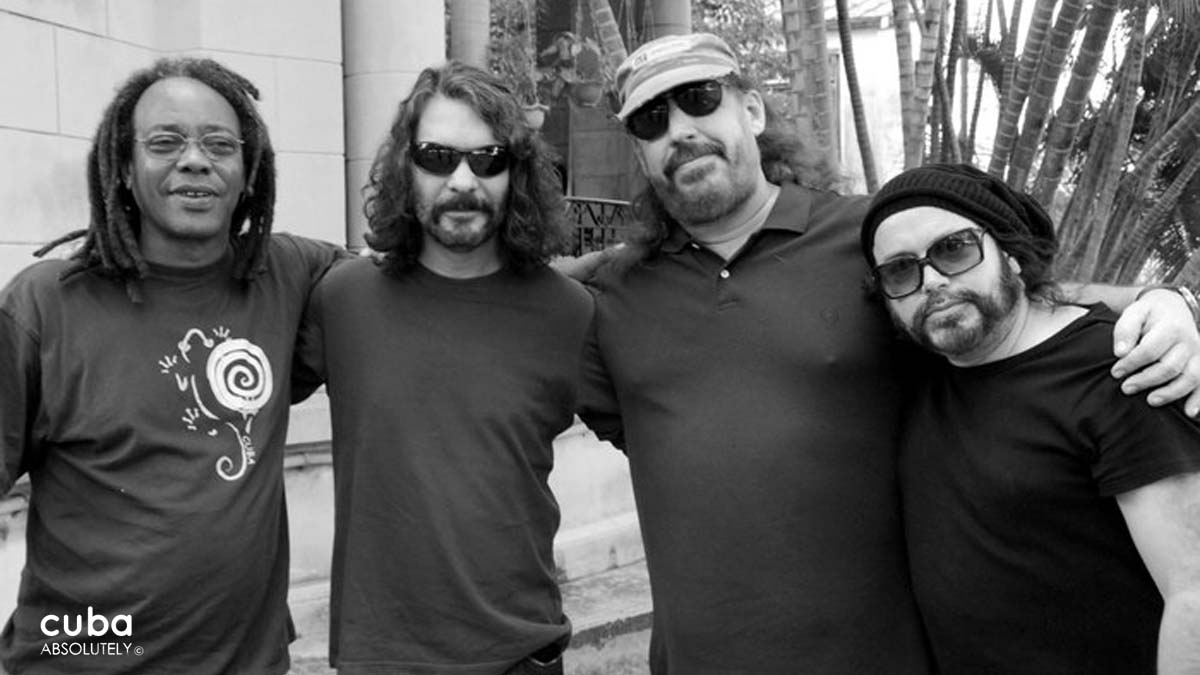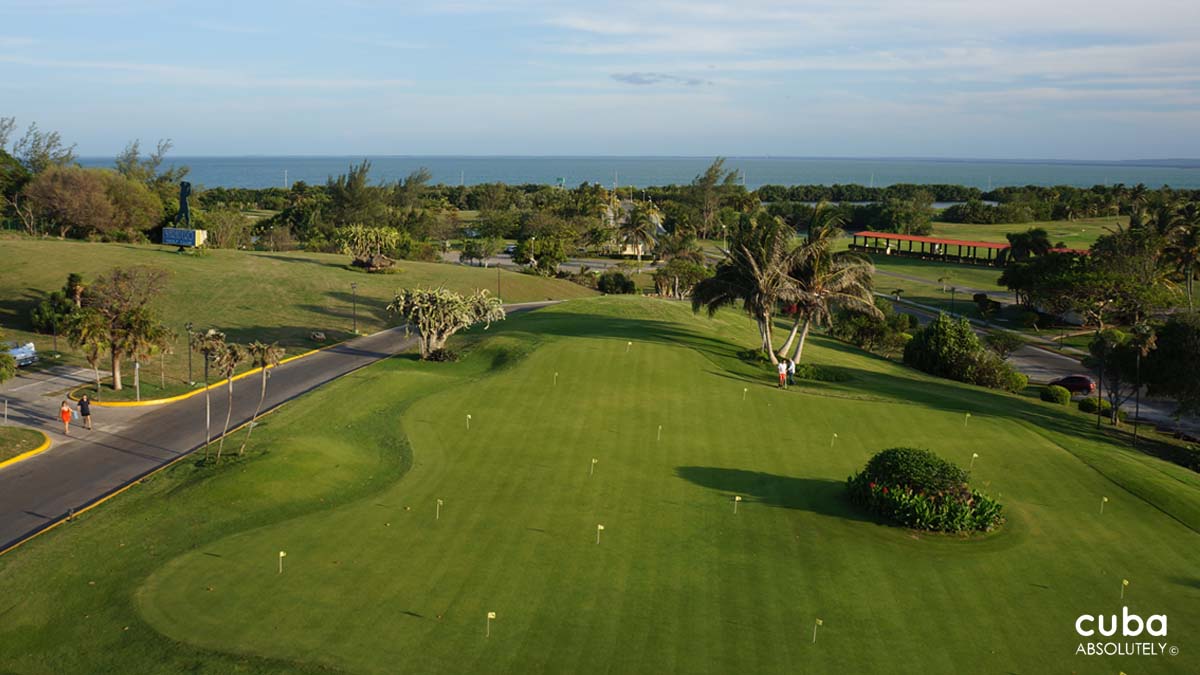It is one of those juxtapositions that make you look twice, which challenges your preconception of where you are. Japanese samurai performing Aikido in Plaza de Armas, a crowd of Japanese looking people marching down the old streets of Havana waving Japanese flags. All may not be quite as it appears as Japanese culture week has brought out many Cuban Japanese aficionados, scratch a little beneath the surface and you find the real Japanese content is less that first appeared. Yet this matters not a jot given that the Japanese culture, attire, old and new traditions from the ancient tea ceremony to the passion for video games has been taken so to the heart of the Cuban participants and crowd.
This is an annual event every November, during which Havana is adorned with a variety of motifs from the ancient Japanese culture, thanks to the celebration of the Japanese Culture Week in Old Havana. It is hosted by the Casa de Asia (House-Museum Asia), which is located on Mercaderes Street, one of the most popular and busiest pedestrian streets in the city’s Historical Center, and an interesting example of the eclecticism that is typical to this Caribbean island where different ancient cultures have converged.
The week was started with a spectacular demonstration of Japanese martial arts, Aikido, Karate Shito Ryu, Daito Ryu, Ninjutsu, Iaido, Kendo and Naginata. The antiquity and style of the setting in Plaza San Francisco suited the displays by Japanese samurai and provided the perfect backdrop to the flashing swords and black suited ninjas (perhaps I am getting carried away!).
This week also featured work by the artist Chizuko Owaki, who brought an exhibition made up of her Sansui paintings combined with the Japanese art of flower arranging called ikebana. In addition, the photo exhibition Hanabi (Fireworks) by the Japanese photographer Hideharu Takemoto was opened with the presence of the artist.
One special attraction was the Cosplay exhibition. Cosplay, short for “costume play,” which has its source in manga and anime, comic books, video games and films, has gained popularity since its inception in the 1970s. Cosplayers portray their favorite characters in conventions, competitions, and miscellaneous events.
On this occasion, and for the first time in Cuba, cosplayers took the streets of Old Havana by storm. At 3 o’clock sharp, manga and anime characters began to come out of the Casa de Asia and paraded down different streets of the oldest part of the city. The tour included the three most important plazas in Old Havana: Plaza de San Francisco, Plaza Vieja and Plaza de Armas. A mixture of Cuba and Japanese traditions and modernity gave this event an interesting and original twist. It also gave Cubans a chance to show their admiration for the history and culture of the Land of the Rising Sun.
